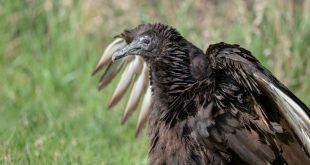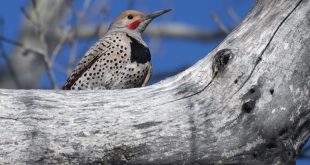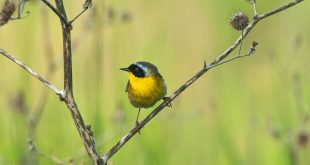I recently blogged about one “slice” of migrating songbirds which are currently gracing us with their presence. All sorts of birds are migrating through Nebraska right now. The end of September and early October brings a few notable migratory peaks that people notice each year and often inquire what species they have observed. Franklin’s Gulls numbers are peaking as they move through the central Plains; I blogged about this spectacle a couple years ago. There is also a raptor whose numbers are peaking in our area right now and the email I received on Tuesday, which is pasted below, is typical and describes what a few lucky people observe each year:
Mr. Jorgensen – This afternoon my wife and I observed a kettle of what we think were red tail hawks. There were somewhere around 75 birds, some sitting on the ground, some circling at an altitude of less than 50 ft. Those in the air would circle, land then take off again. They were in a recently harvested soy bean field, perhaps 35 to 40 acres, located near Archer, NE. (about 25 miles northeast of Grand Island.) I’m 70 and have been a bird watcher all my life and have never seen so many hawks in one place and at one time. Do hawks migrate, and if so do they gather in groups like this? I’m just a curious old man, but I’m wondering if you can tell me what we were seeing. – Ladd
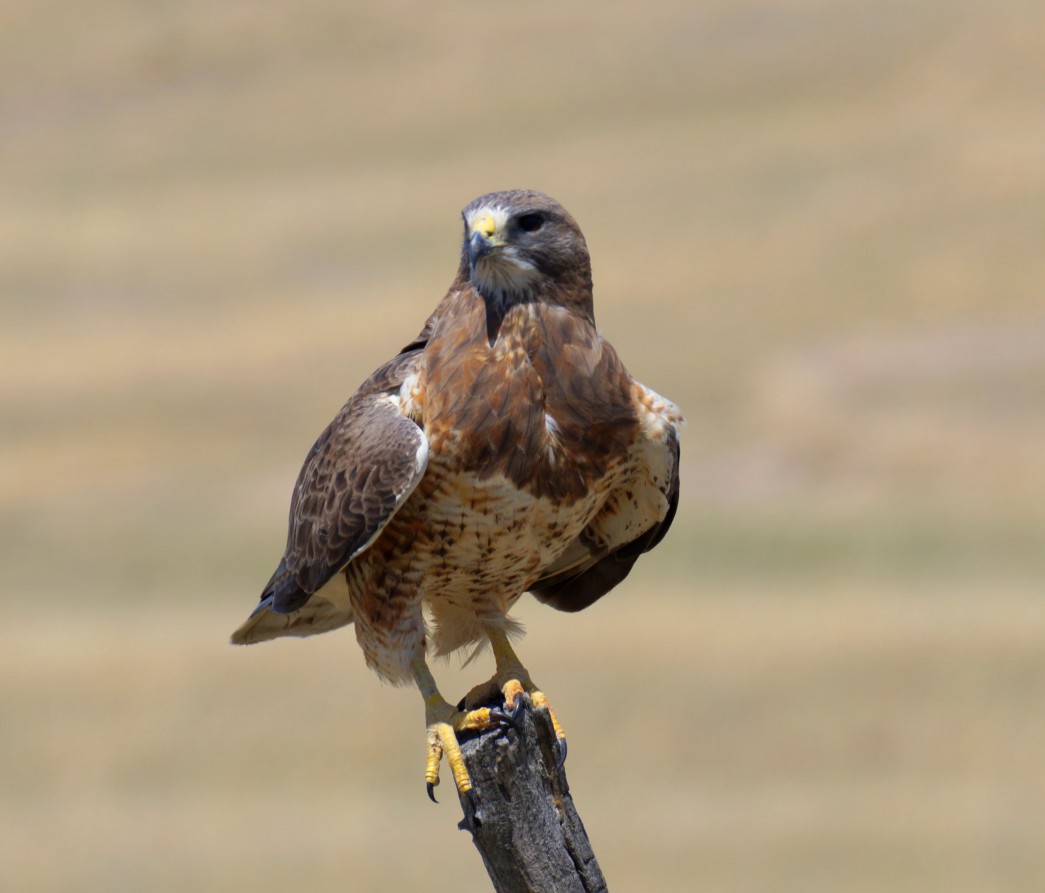
The observer is correct that the birds he observed looked like Red-tailed Hawks. However, they were almost certainly Swainson’s Hawks. In fact, I would guarantee it. The Swainson’s Hawk is a migratory buteo (a type of hawk) that inhabits open country and grasslands in the Western Hemisphere. Swainson’s Hawks are fairly common spring and fall migrants in Nebraska and also breed in central and western Nebraska where there are continuous tracts of grassland. Swainson’s Hawks are only with us during the warmer months. They spend the winter in South America, primarily Argentina, and migrate through Central America each spring and fall. In fact, the number of Swainson’s Hawks that converge and pass through Panama during migration can be spectacular.
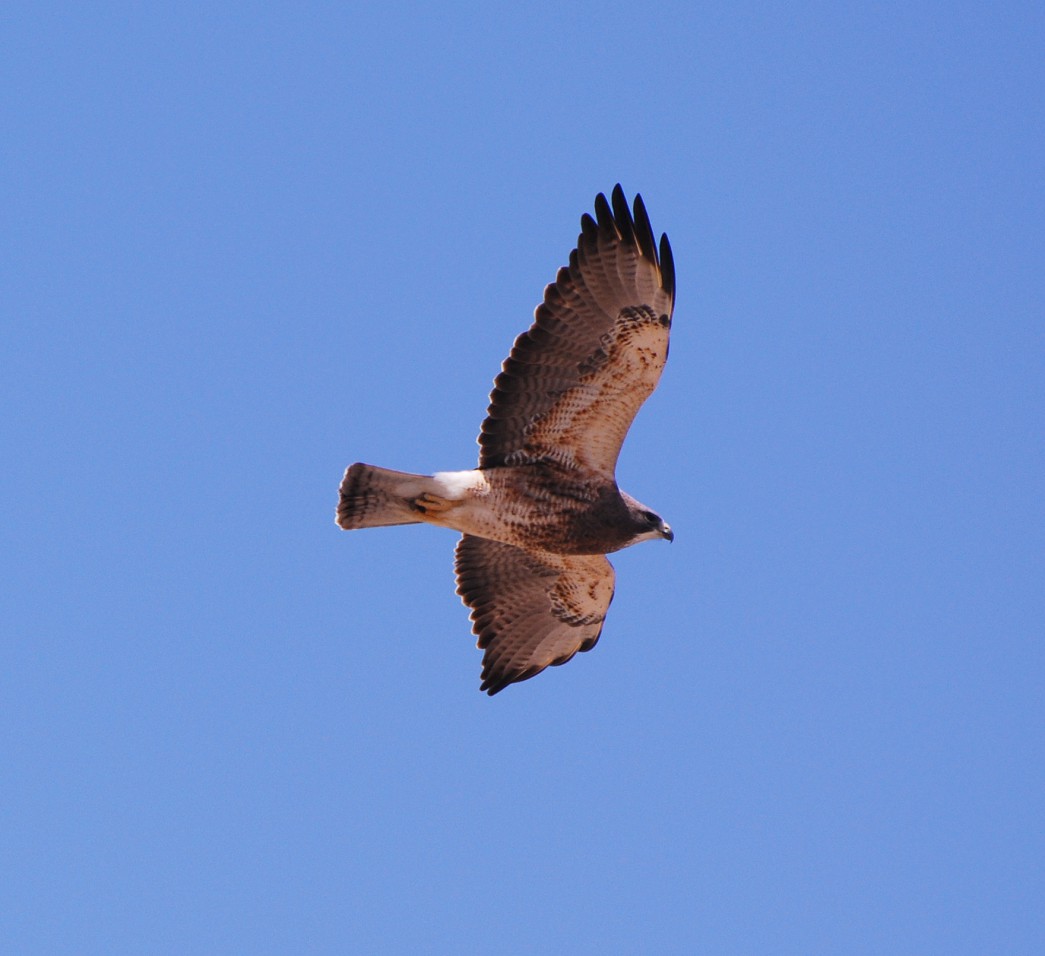
During migration in Nebraska, Swainson’s Hawks also congregate into flocks. They can sometimes be seen flying in cylindrical formations called kettles in which birds gain altitude on warm rising air called thermals.
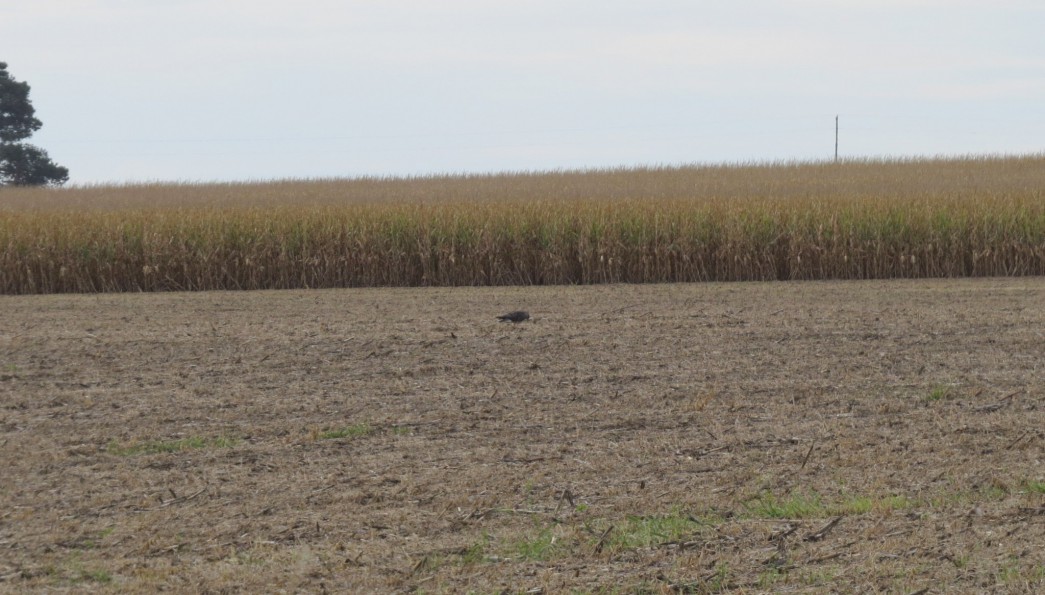
As the sun goes down and the heating of the day is lost, birds will find a place to roost for the night. Swainson’s Hawks will loosely scatter over an area – some birds will perch in available trees or on fence posts. Others will simply sit on the ground.
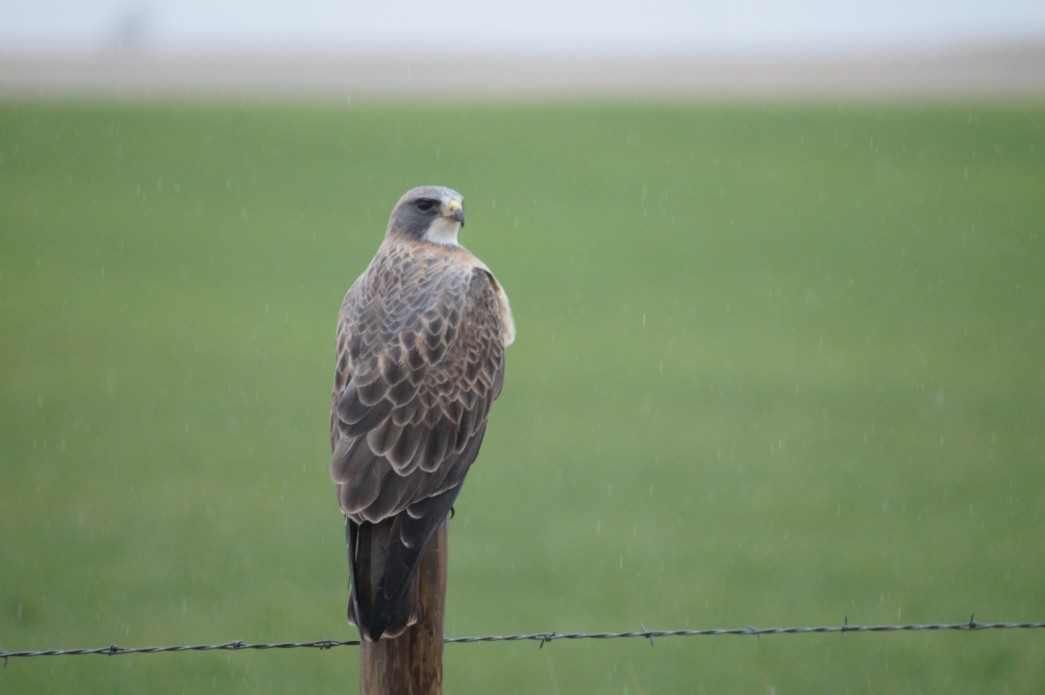
Flocks of Swainson’s Hawks occur regularly but are not common. They are more likely to be encountered in central and western Nebraska. Again, this is a bird of open country. During fall migration they do indeed seem to prefer cut soybean fields. In both spring and fall, Swainson’s Hawks will often be attracted to fields being worked by farmers. Such mechanical commotion often results in an easy meal. Swainson’s Hawks not only feed on rodents, reptiles and occasionally birds, but a large part of their diet can, at times, include insects such as grasshoppers.
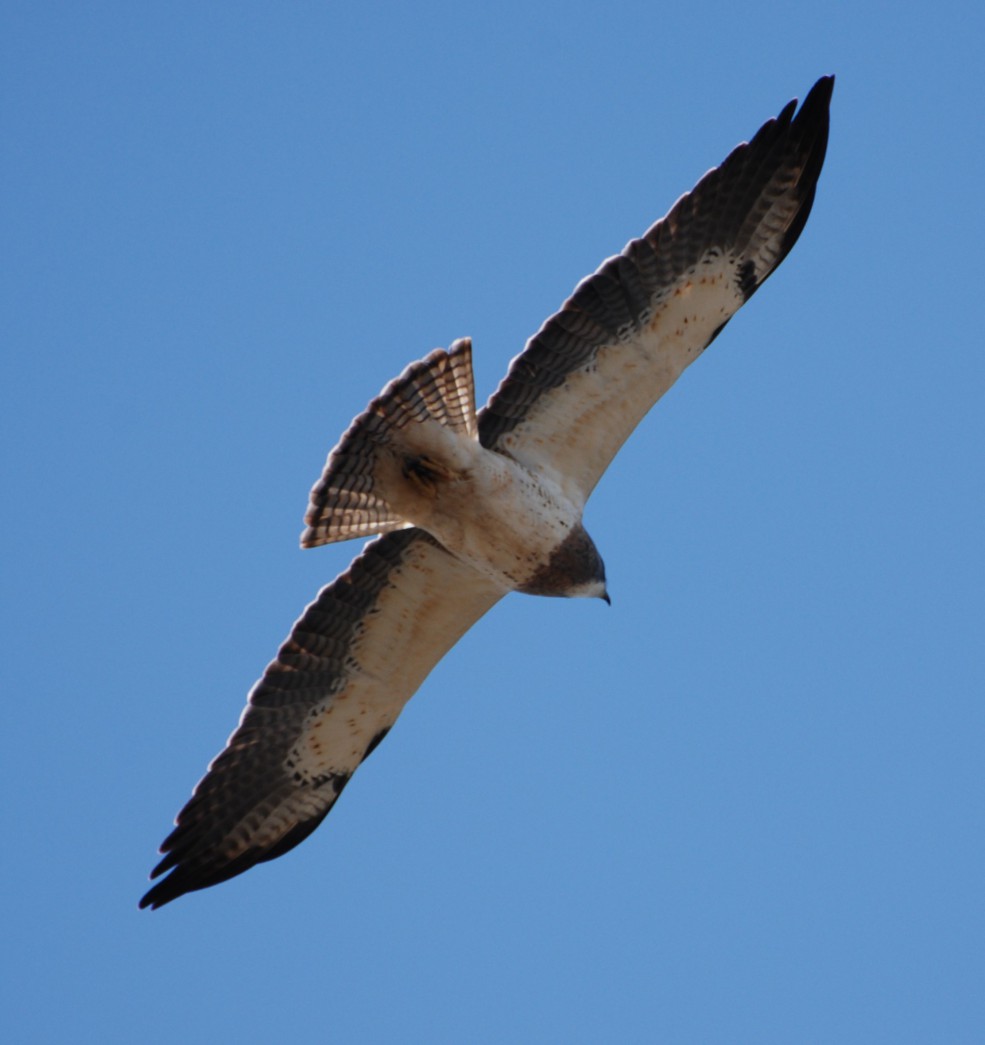
So, keep your eyes open the next few days or so. You may be lucky enough to come across a group of migrating Swainson’s Hawks. If you do, take some time to study the individual variation in this species. There is a dark morph and a rufous morph as well as intermediate birds, all of which are quite beautiful.
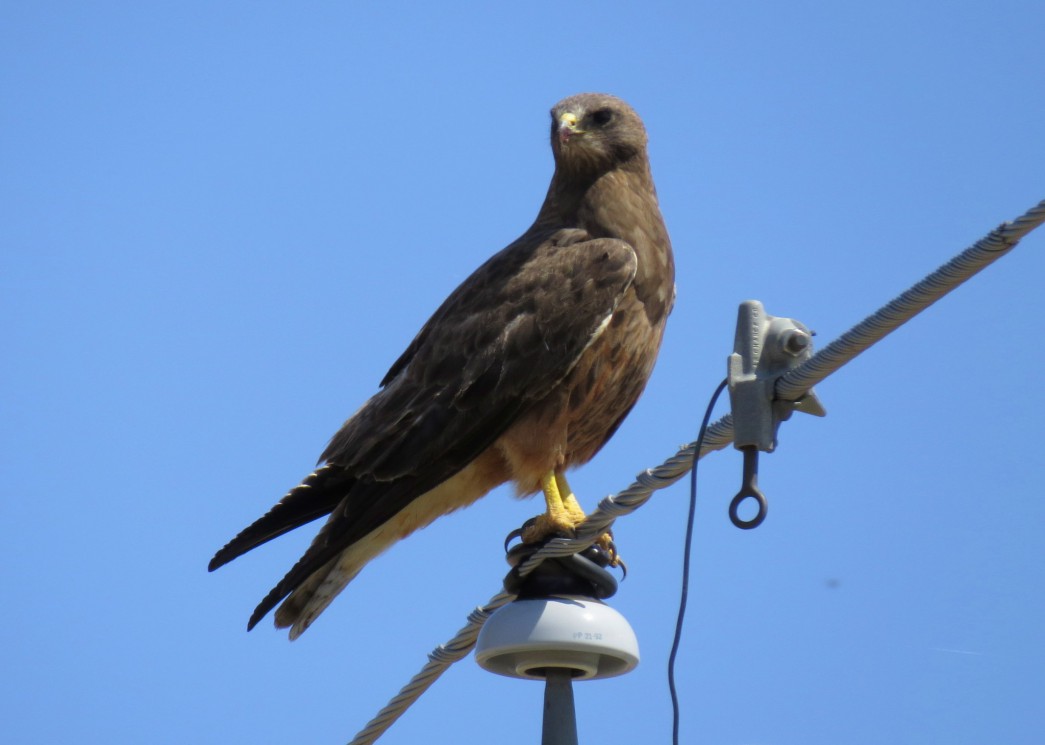
Good birding!
 Nebraskaland Magazine
Nebraskaland Magazine

